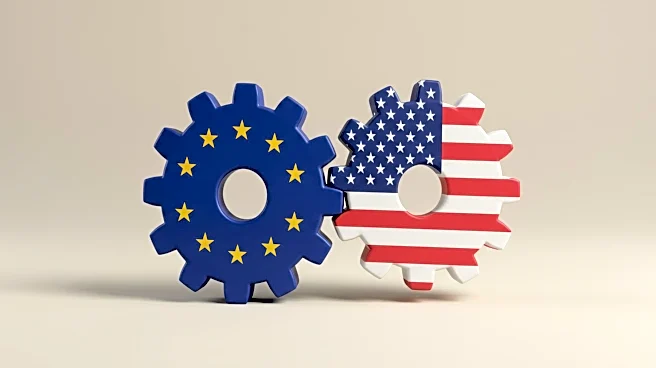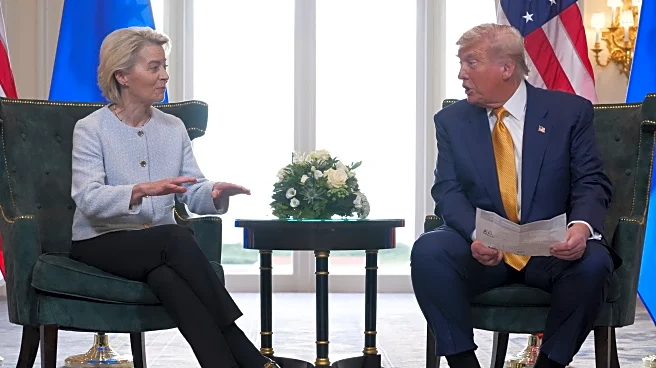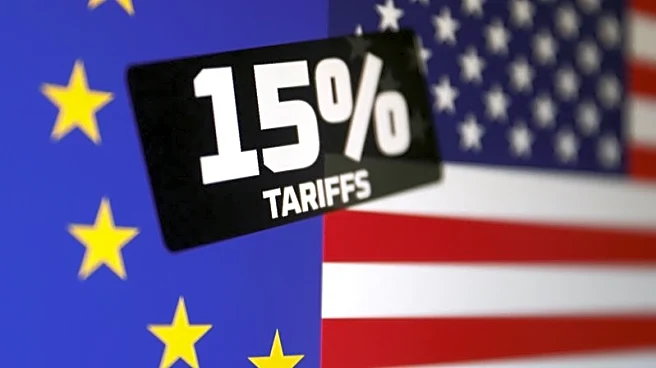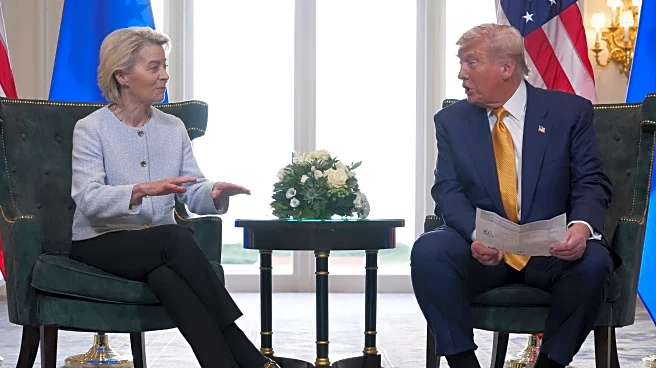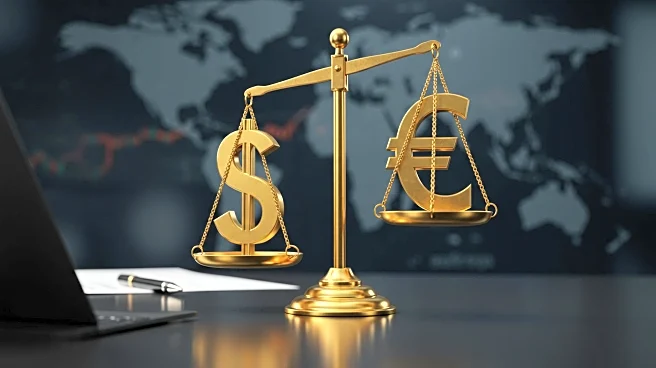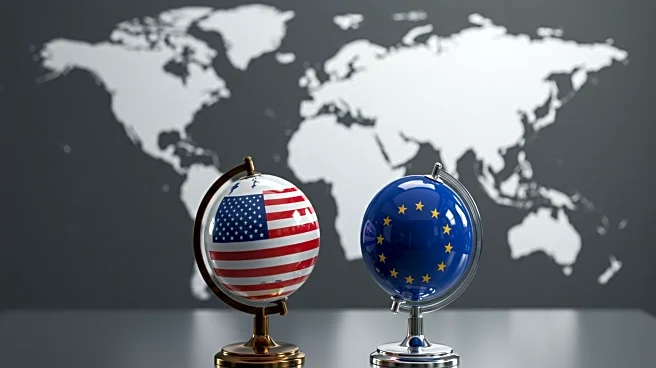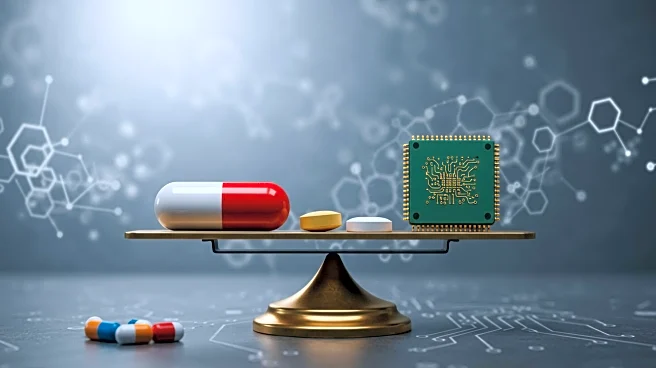Rapid Read • 7 min read
President Trump has decided to lower tariffs on pharmaceuticals and semiconductors imported from the European Union. Initially, these sectors were not included in the US-EU trade deal, which could have resulted in tariffs as high as 250% for pharmaceuticals and 100% for semiconductors. However, the new agreement limits these tariffs to 15%, aligning them with most other sectors covered by the trade deal. This decision follows a meeting between President Trump and European Commission President Ursula von der Leyen, where they agreed to reduce tariffs on most EU exports. The agreement is seen as a 'first step' in a process that could expand as the relationship develops.
AD
The reduction in tariffs is significant for both the US and EU economies. Pharmaceuticals and semiconductors are major export sectors for the EU, and the lowered tariffs will help maintain trade flow and prevent potential price hikes in the US. This move is particularly beneficial for countries like Ireland, which is a major pharmaceutical exporter to the US. The decision also reflects a strategic approach to strengthen economic ties between the US and EU, potentially leading to further trade agreements and economic cooperation.
The US and EU will continue to work on the details of the trade agreement, with the possibility of expanding the scope of the deal. The EU is expected to pass legislation to reduce US export tariffs to zero, which could further lower tariffs on car exports. Stakeholders in both regions will likely monitor the implementation of the agreement and its impact on trade and economic growth.
AD
More Stories You Might Enjoy
